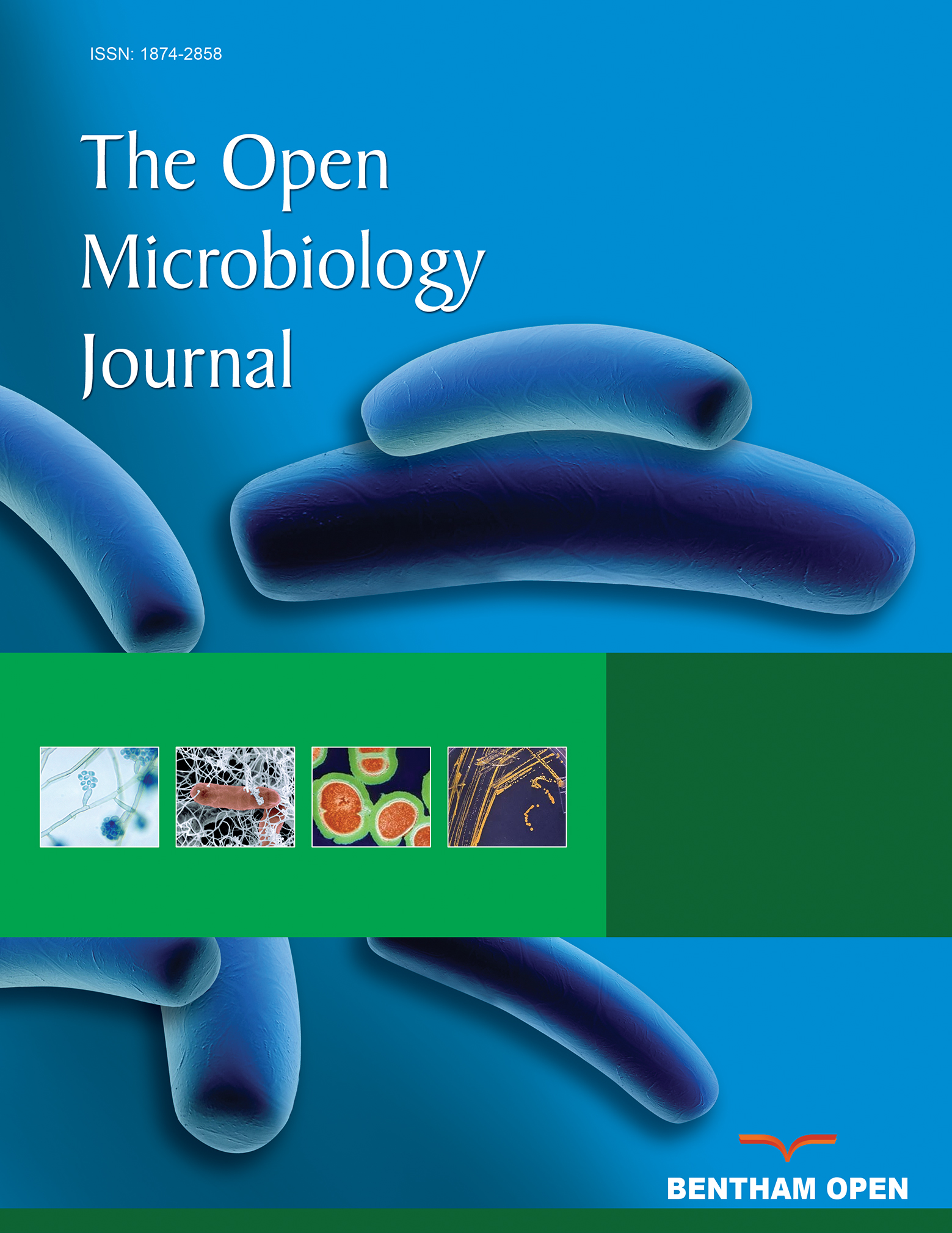All published articles of this journal are available on ScienceDirect.
Statistical Optimization by Response Surface Methodology to Enhance Lipase Production by Aspergillus fumigatus
Abstract
Background:
Lipases have various commercial applications and microorganisms serve as a potential source of production.
Objective:
The aim of this paper was to study the effect of interactions among different production parameters on lipase yield of Aspergillus fumigatus.
Method:
Plackett Burman and Central Composite Design (CCD) were established by using Design Expert software 10.0.
Results:
In the present study, interactions were studied for six different variables such as inoculum size, pH, temperature, galactose concentration, peptone concentration and incubation time. In Plackett-Burman design, galactose concentration, peptone concentration, pH and incubation time were found to be important factors. Using the statistical approach, the optimum factors were found to be as: galactose concentration (1.5%), peptone concentration (1.8%), pH (10.0) and incubation time (72 h) at 45°C under response surface curves. Upon statistical analysis, the coefficient of determination (R2) obtained was 0.9318 which showed that the model was significant.
Conclusion:
The statistical tools used predicted the optimal conditions for the production of the lipase. The optimized parameters were galactose concentration 1.5%, peptone concentration 1.4%, temperature 45°C, pH 10.0 and incubation time of 72 h for obtaining a maximum lipase activity of 6.22 U/ml.


